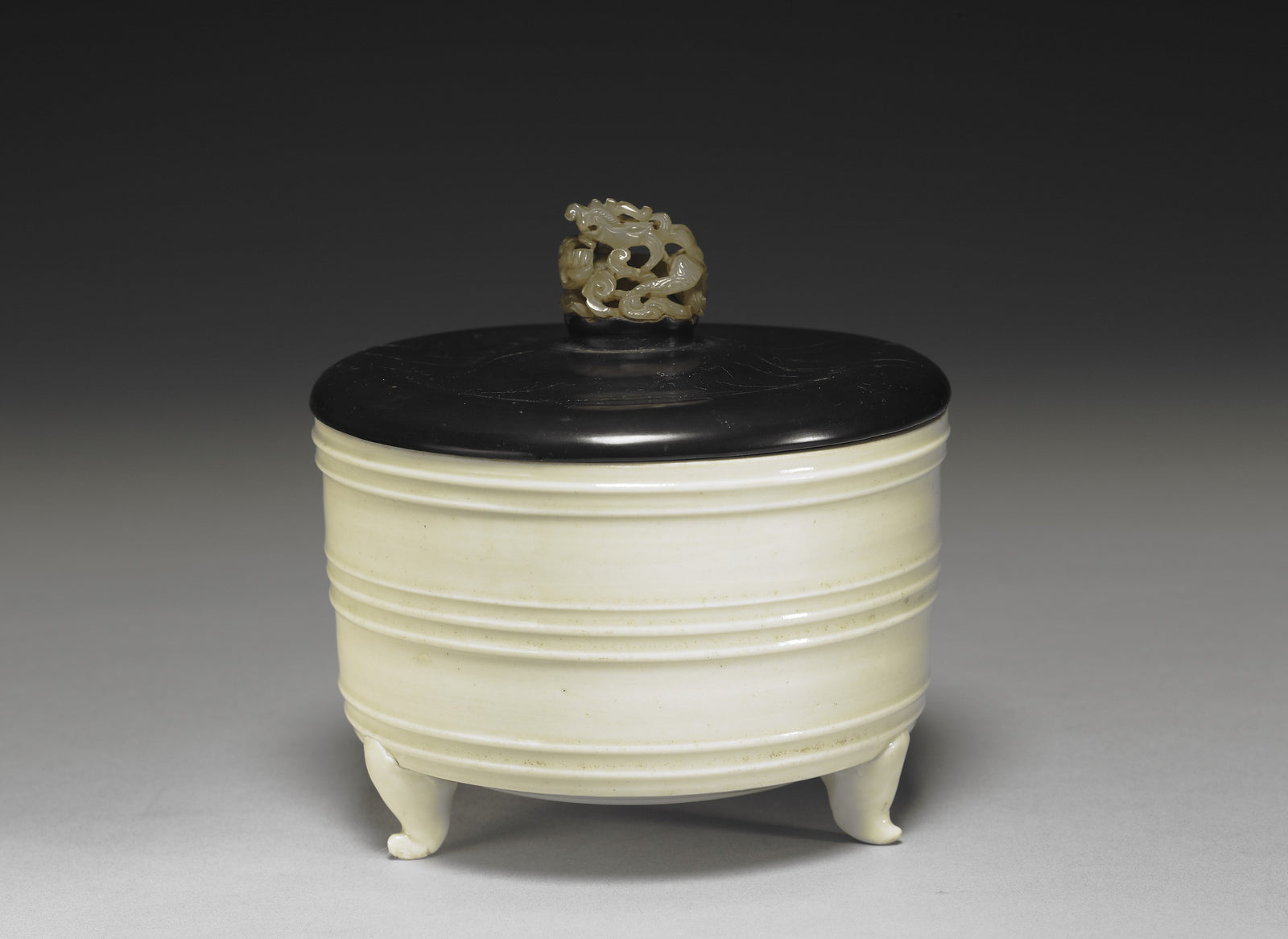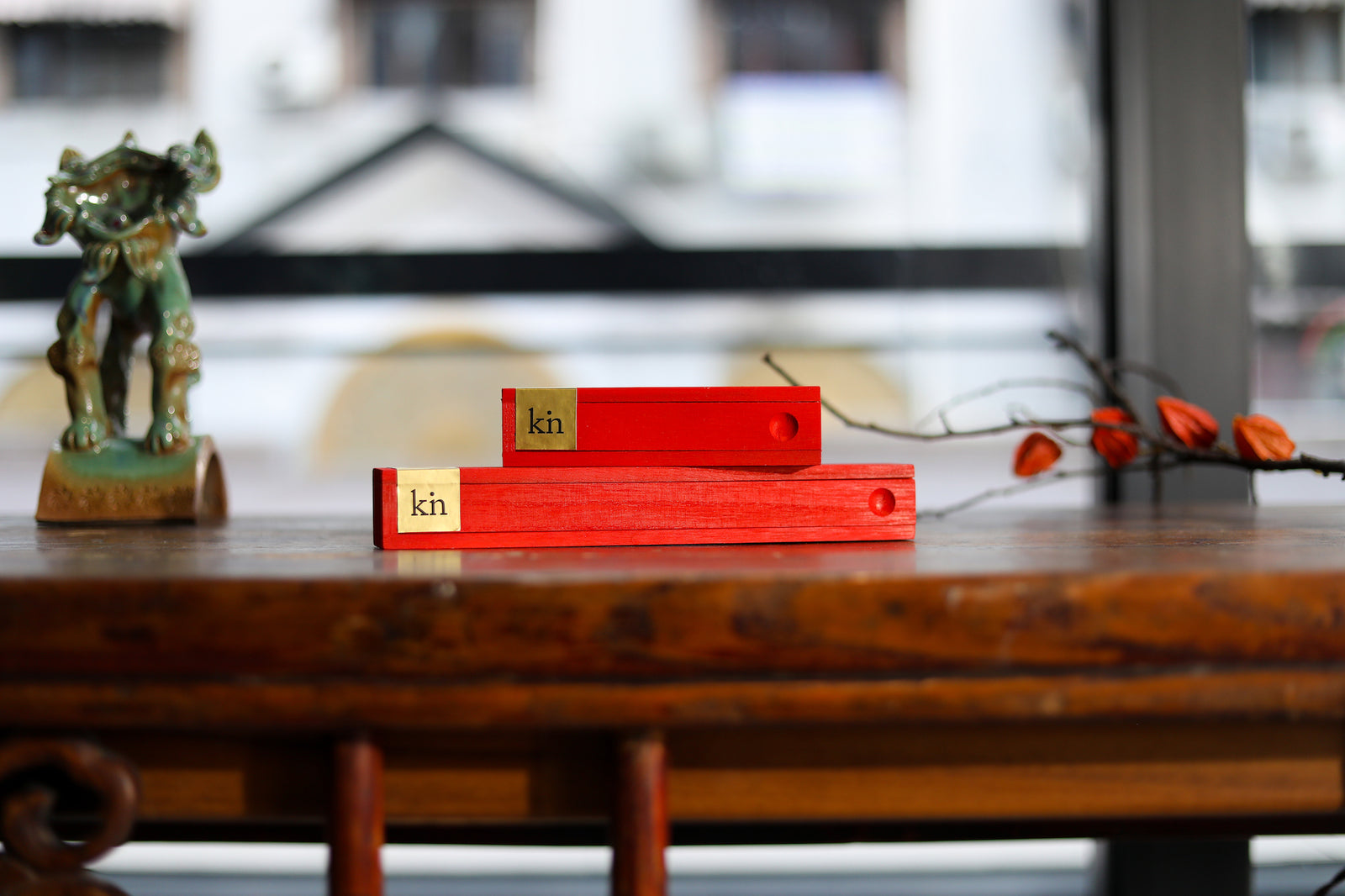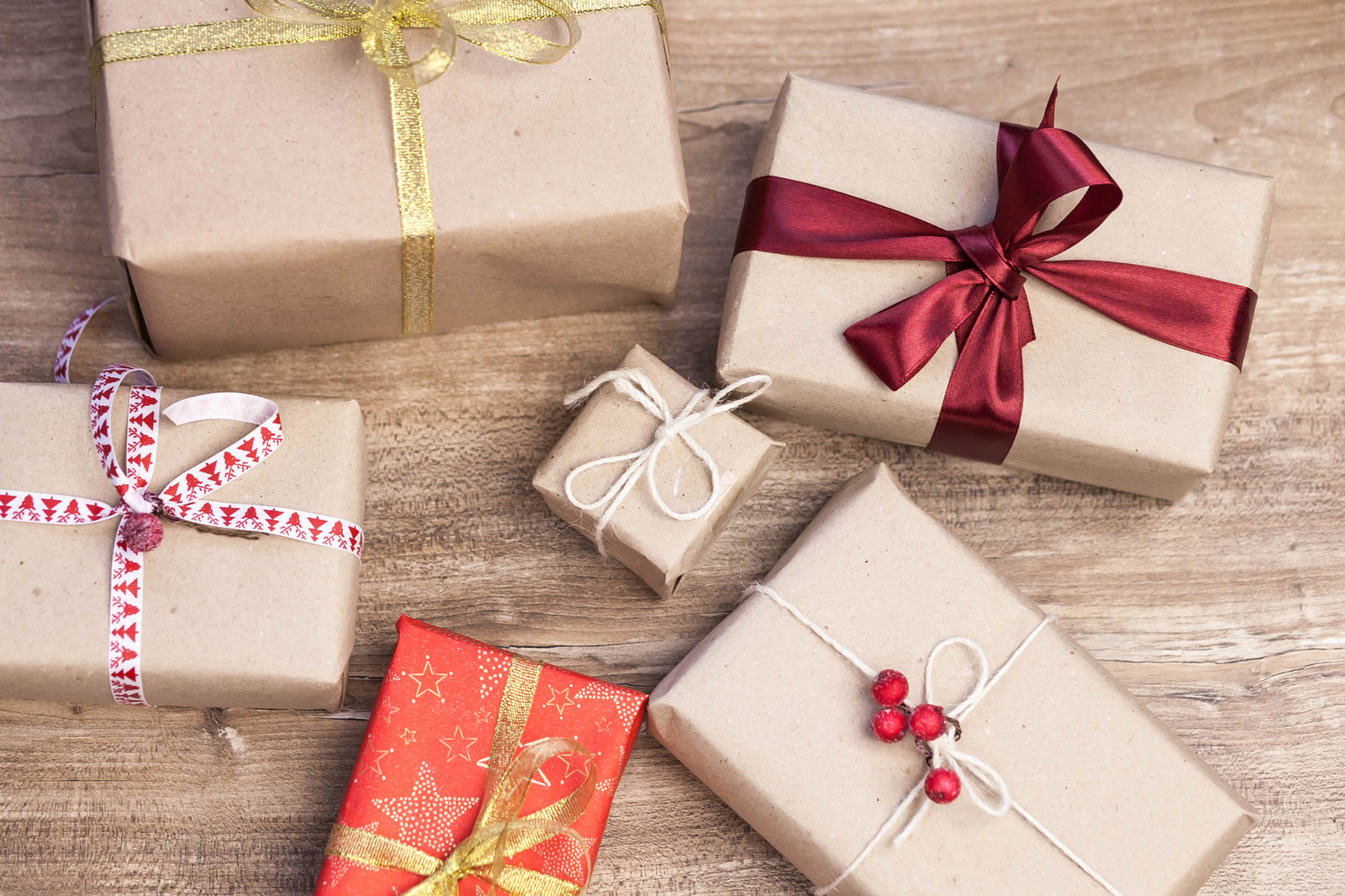History and Significance of Incense
Incense has a long history in China, dating back to Neolithic times. For significant periods of history, it was an essential part of life, especially for the imperial palace and the intellectual class. An incensed space and incensed person was a show of wealth, and sometimes more importantly, a show of sophisticated taste.
The Chinese word “xiang” (香) means “fragrance”, “scent”, “aroma”, “perfume”, and “spice”, which has a far broader definition than the English word "incense". This somewhat reflects the pervasive role incense had in historical Chinese society.
We have already summarized the historical and societal use of Chinese incense in our four-part series. This particular article will focus more narrowly on the Chinese incense burner, and its evolvement through the millennia.
For those of you interested in the wider historical context, we welcome you to check our previous articles out:
-
Chinese Incense History: The Golden Middle Ages Part I (pre-Tang and Tang dynasties)
-
Chinese Incense History: The Golden Middle Ages Part II (Song and Yuan dynasties)
-
Chinese Incense History: The Renaissance to the end of Imperial Rule (Ming and Qing dynasties)
Here is an additional article focused on just the designs of incense burners through history.
The Chinese Incense Burner - from the Neolithic Period to pre-Middle Ages (Pre-Qin, Qin and Han Dynasties)
While the burning of plant materials have been discovered in Chinese archaeological sites dating back approximately 6000 years, the first incense burners date to approximately 5000 years ago.

Unearthed from Shanghai Qingpu district's Neolithic Fuquan Shan (福泉山) site is this bamboo patterned clay Chinese incense burner, dating back 4000+ years, and believed to be used for spiritual ceremonies of the time.
By the end of Eastern Zhou, also known as the Warring States Period, (战国/戰國 c. 475-250 BCE), incense burner designs had become much more sophisticated. The iconic Boshan Lu (博山炉/博山爐)or Boshan incense burners began to be made in this period, and flourished in the Han Dynasty (汉朝/漢朝,206BCE – 220CE).

This Boshan Chinese incense burner is one of the most famous incense burners from the Han dynasty, and in fact one of the most famous Chinese incense burners of all time. It dates form Western Han (西汉/西漢 202 BCE - 9 BCE), and is an impressive size at 26cm (10.25") high, with diameter 9.7cm (3.8").
Made from bronze with inlaid gold highlights, it is an intricate work that showcases a classic Chinese mountain scenery, animated with a variety of hunters and mountain animals.

A bronze Boshan incense burner dating from the Han Dynasty, Taipei Palace Museum
This is another classic Boshan incense holder housed at the Taipei Palace Museum, showcasing a peacock sitting atop a mountain surrounded by clouds.
The Boshan incense holder shape was influential for millennia to come.
The Chinese Incense Burner - the Warring Centuries through to the beginning of the Middle Ages (between Han and Tang dynasties)
Approximately 400 years of fragmentation, political turmoil and wars ensured between the Han and the Tang dynasties. Yet in this period, there were significant developments in incense culture.
From the 3rd century onwards, ceramic techniques developed at a rapid speed. Porcelain began to be produced, and it became a popular choice for incense holders. It was preferable to bronze as it does not rust.
Porcelain incense burners of this period were quite large in size, with many openings in the body which vary in size and shape, eg, circular, triangular.


The Chinese Incense Burner - the Golden Early Middle Ages (Tang dynasty)
The Tang dynasty (隋唐朝, 581-907 CE)was one of the most prosperous periods in China's history, and some truly magnificent incense burners from the era have been discovered, impressive in materials, design and craftsmanship.

Gold-gilded silver five-footed incense burner from the Tang dynasty, Famen Temple in Shaanxi
The most famous incense burner of the period was unearthed at Famen Si (法门寺/法門寺)in Shaanxi, an important Buddhist temple in the Tang dynasty. At 30cm (almost 12") tall, and made from gold gilted silver, it is a truly grand and spectacular piece.

Gold gilded silver incense ball from Tang dynasty unearthed at Famen Temple
Many believe that incense balls (also known as incense pounches) were invented as early as the Han dynasty, but they truly gained popularity in the Tang dynasty. An incense pouch also unearthed at Famen Si was made from similarly lavish materials and featured an elaborate design.
These balls are really interesting devices, as they are designed with a self-correcting internal mechanism which keeps the burning incense upright no matter how the ball is moved. They were commonly carried on the waist sash so the scent of the incense moved with the wearer. Below is a photo of the internal content/ mechanism of an incense ball, and how it remains upright with motion.

View of the internal mechanism of a Chinese incense ball, kknews

Animated demonstration of how the internal mechanism of an ancient Chinese incense ball works, kknews
The use of hand-held incense burners (手炉/手爐)- a type of incense holder with a long handle - also gained popularity in the Tang dynasty, particularly in Buddhist ceremonies. One of the best examples of the Tang dynasty hand-held burner is today housed in the Shosoin Treasure House in Japan.

Close up view of shitan (red sandalwood) incense burner with long handle and gold inlay, Shosoin Treasure House

Full view of shitan (red sandalwood) incense burner with long handle and gold inlay, Shosoin Treasure House
Ceramic incense burners remained common-place in the Tang dynasty. Particularly worth mentioning are the Tang Sancai (唐三彩)ceramic incense burners. Sancai is a well known type of decoration on Chinese pottery using glazes, predominantly in the three colors of brown, green, and off-white. Its influences spread far and wide through the silk road to Syria, Cypriot, Italy, and the technique also often seen in Japanese pottery.

Example of a Tang Sancai incense burner, Henan Museum
The Chinese Incense Burner - the High Middle Ages (Song, Yuan dynasties)
In the Song dynasty (宋朝, 960-1279), overall design aesthetic underwent significant changes. Simple, minimal designs emerged and prevailed. Incense burners were no exception. What is commonly considered Japanese-styled minimalism was in fact the dominant style in the Song dynasty.
Celadon glaze production also reached its technical height in the Song, and the celandon's jade color is iconic of the Song dynasty. Many Song period ceramics also intentionally displayed the crackles from celandon firing as part of the finish.
The difference to previous dynasties was obvious - designs were simpler, sizes were smaller, and many had no lids or very simple lids (this corresponded with the rising popularity of stick incense). So the typical Song incense holder had no carvings or minimal carvings, was made of ceramic, had a basic geometric shape, and would showcase a single subtle color like the blue-green celadon glaze. Many also had a large opening as incense powder use (incense seals, 篆香)also reached its peak in the Song.
Many of the surviving Song incense burners come from several prominent kilns of the era, like the Longquan (龙泉/龍泉)or Guan (官窯) kilns. The Longquan kiln is highly renowned for its celadon, while the Guan kiln is characterized by the crackled finishings of its work.

Song dynasty longquan kiln celadon incense burner, The MET
 Song dynasty crackled Guan ware incense burner with three legs, Taipei Palace Museum
Song dynasty crackled Guan ware incense burner with three legs, Taipei Palace Museum

Song dynasty Celadon Guan Ware incense burner with lid, Taipei Palace Museum
The Chinese Incense Burner - the Renaissance to the end of Imperial Rule (Ming and Qing dynasties)
Methods of working with bronze had advanced significantly during the Ming. Even though the metal furnace had long been used in China, metal working technologies reached a new height in the Ming dynasty.
From the middle of the dynasty, bronze incense holders became extremely popular, as craftsmen forged bronze that was highly durable and also more resistant to rust. And as the incense stick had become the dominant way to burn incense, incense holders from the Ming period catered to this. They were fairly small in size, with no lid or a very simple lid.
Xuan De incense holders (宣德炉/宣德爐) began to be made in the era of the Xuan De Emperor (宣德帝,1426-1435). At the time, current day Thailand had gifted the Ming Imperial Palace tens of thousands of pounds of high quality copper. It is believed that the copper went through 12 rounds of refined casting, and was mixed with numerous precious metals such as gold and silver to forge a bronze that was highly lustrous and smooth. The bronze was subsequently made into over 3000 incense holders used exclusively by the imperial palace, and gifted only to temples and very high ranking officials.
The Xuan De incense holders were so well known and sought after that they were extensively copied. In fact, some of the copies were believed to be made by the same artisans who made the original pieces, so high quality copies are indistinguishable from the real pieces. Today, experts cannot definitively confirm if a single burner from the original Xuan De 3000-piece set remains. The few pieces most likely to be authentic are housed in the Taipei Palace Museum, but even they are controversial.

One of the few Xuan De incense burners most likely to be from the original Xuan De collection, Taipei Palce Museum

Bottom view of one of the few Xuan De incense burners most likely to be from the original Xuan De collection, Taipei Palce Museum
A high quality Xuan De styled incense burner is still extremely valuable regardless of its authenticity. And there have been some staggering auction transactions featuring these.
In 2019, an elaborately decorated 17th century Xuan De styled incense burner was sold in Switzerland for a staggering price of almost US$5M. Separately, a piece originally collected by the respected Chinese scholar Wang Shixiang was auctioned for over 15 Million RMB (over US$2mil) in 2010. Here are some images of this renowned burner, called "Ming Dynasty Sky Facing Ear-Handles Gold Leaf Three Footed Bronze Incense Burner" (明代冲天耳金片三足铜炉/明代衝天耳金片三足銅爐).

Ming Dynasty Sky Facing Ear-Handles Gold Leaf Three Footed Bronze Incense Burner
In fact, copies of Xuan De incense holders are so widespread that the name “Xuan De” has become a collective name for the simple styled bronze incense burners of the era. Many incense burners continue to be made in the form of the Xuan De incense burners, as their form has become timeless and iconic.

Qing dynasty Xuan De styled incense burner, Taipei National Palace Museum
In addition to bronze, the technique of Cloisonné (enamel, 珐琅/琺瑯) had spread from the Byzantium or Islamic world to China in the 13th-14th centuries. By the time of the Xuan De Emperior, it is believed there was already considerable Chinese expertise in this process. By the beginning of the 18th century in the Qing dynasty, Cloisonné had gained so much favor that Kangxi Emperor (康熙) had an Imperial Cloisonné workshop. Significant quantities of cloisonné censers were therefore created in the Ming and Qing dynasty. The work tended to all have a base of blue, and feature highly intricate patterns. Many survive in Museum collections around the world, and are extremely beautiful.

Qing dynasty cloisonne incense burner with lid,Taipei National Palace Museum

Qing dynasty Cloisonne incense burner in a classic Xuan De shape, Taipei Palace Museum

Rooster shaped enamel Cloisonne incense burner from the Qing dynasty, the MET
In this article, we have described some of the most significant Chinese incense burner designs through history. Many of these are so classic that you've probably seen them in stores and museums across the world. We hope understanding them in some historical context is an enjoyable read. As mentioned already, check out our four-part series in Chinese incense history if you're interested in finding out more about any of the periods -






Leave a comment (all fields required)